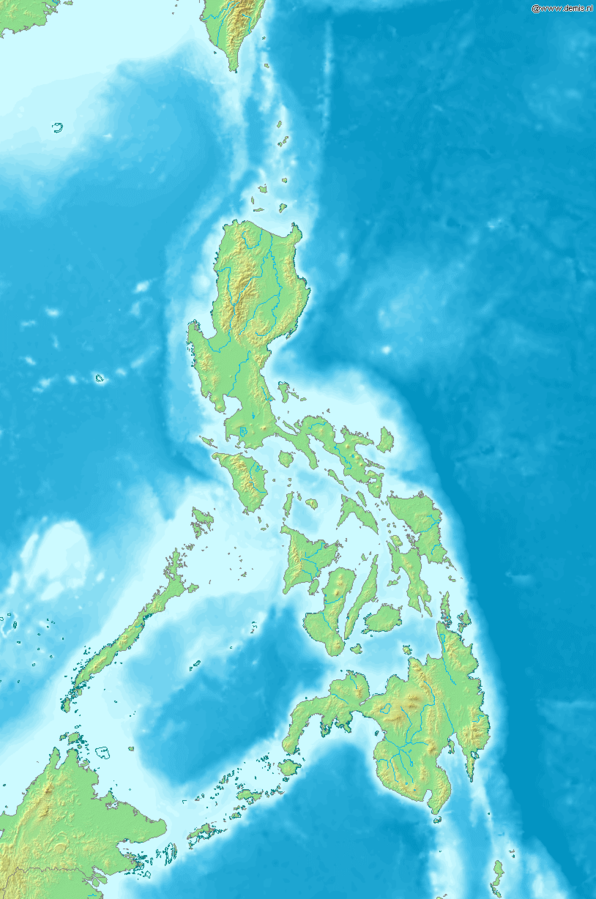By NewsDesk @infectiousdiseasenews
After reporting a dramatic increase in dengue fever in 2019, Philippines health officials are seeing a decrease in cases during the first months of 2020.

From the beginning of the year through April 4, officials reported 45,771 total dengue fever cases, including 112 deaths.
This is 36 percent lower as compared to the 71,324 cases of the same period in 2019.
In August of 2019, the Government of the Philippines, through the DOH and National Disaster Risk Reduction and Management Committee (NDRRMC), declared a national dengue epidemic.
By the end of the year, more than 420,000 dengue cases and 1500 deaths were reported.
Dengue causes flu-like symptoms, including a sudden high fever coming in separate waves, pain behind the eyes, muscles, joints and bones; severe headaches and rashes with red spots. Those with symptoms get sick between four to seven days after being bitten by an infected Aedes mosquito.
The disease can progress to life-threatening severe dengue, characterized by severe abdominal pain, vomiting, diarrhea, seizures, bruising, uncontrolled bleeding, and high fever that can last from two to seven days. Complications can lead to circulatory system failures, shock, and death.
- Zika virus: How the virus spreads through sexual contact
- New Zealand COVID-19: ‘No widespread undetected community transmission, We have won that battle’
- MMR vaccines are effective, Not associated with increased risk of autism: Study
- Pakistan reports 783 new COVID-19 cases, Testing to ramp up next week
- COVID-19 Testing: From the early blunders to looking forward
- Florida COVID-19 cases top 30,000, 356 nursing homes affected
- Bangladesh COVID-19: 2,500 cases in Dhaka City, Infected doctors
- Thailand COVID-19 update: Death toll remains at 51


One thought on “Philippines: Dengue cases down 36 percent so far in 2020”